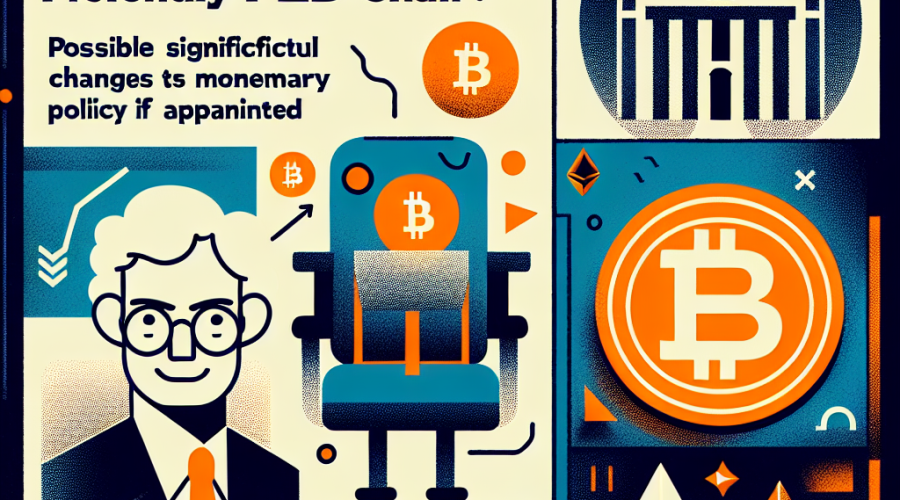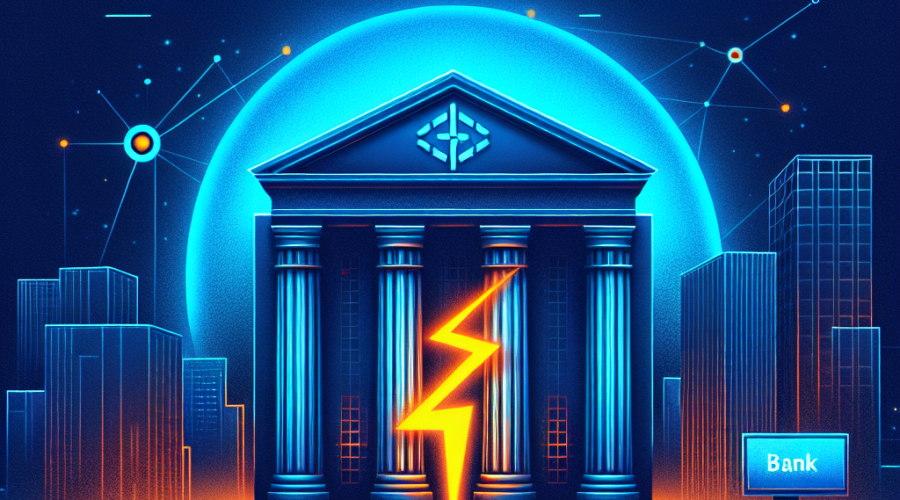Tokenization of Real-World Assets is Still in its Nascent Stage
The global race for tokenizing real-world assets continues to heat up, yet it remains in its early stages, suggesting that institutional adoption is not yet imminent. This perspective was voiced by Chris Yin, the co-founder and CEO of Plume, a Galaxy-backed RWA platform.
Institutions Yet to Embrace the RWA Market
Yin pointed out that institutional capital has not yet penetrated the RWA market. He believes it will take a while for institutions to recognize and appreciate its value. This information was provided during an interview with Chris Yin on the sidelines of Token2049, a recent event in Dubai.
He drew parallels between the development stages of RWA and the early days of Bitcoin and stablecoins. According to Yin, just like it took ten years for institutions to consider using the stablecoin, the same trend will occur with tokenized assets or tokenization.
Assessing the Value of the RWA Market
Existing market estimates put the RWA sector at a worth of $21 billion, a calculation that Yin questions. He argued that not only is much of the data incorrect, but many people also possess inaccurate perspectives about this market.
According to Yin, the genuinely representative RWA market cap figure is closer to $10 billion. This number includes mostly Treasury bills and gold, with a small percentage of private credit.
Currently, data from RWA.xyz suggests that the total market capitalization of the RWA market was approximately $17.4 billion as of April 27. Private credit accounted for almost 60% of all RWAs, while Treasurys and commodities had a share of 27% and 8%, respectively.
The Challenges of Estimating the Global RWA Market
Estimating the global RWA market size is exceptionally difficult due to the fragmentation and inaccessibility of data, especially in the private sector. Ross Shemeliak, the co-founder of Stobox, shared this insight during a conversation with Cointelegraph. He estimated tokenized Treasurys and bonds to account for most of today’s RWAs, around 60-65%.
Shemeliak pointed out that 99.9% of all companies worldwide are private and nearly all of them are viable candidates for tokenization. These companies typically struggle with access to capital and liquidity. Tokenization, therefore, presents a new mechanism for fundraising, investor engagement, and cap table transparency.
The Nature of Institutional Capital
Yin highlighted how institutional capital tends to move into markets once they reach a larger scale as it presents an opportunity to make money. It’s not about saving money or efficiency.
He referred to Larry Fink, who oversees a $12 trillion asset manager. According to Yin, though BlackRock’s money market fund has been successful, its $2.5 billion assets are minimal given the company’s net assets.
The Modest Size of the RWA Market
Despite the current modest size of the RWA market, Yin emphasized the need for the industry to rely more on the native community.
“Yes, RWA tokenization is small today, just like Bitcoin was in 2013,” admitted Shemeliak. However, he argued that tokenized assets are inherently institutional from the outset as they provide regulated securities, yield-bearing instruments, and financial contracts that warrant legal compliance and governance.
Shemeliak suggested that attempting to tokenize RWAs without institutional involvement is akin to trying to build a stock exchange without regulators, custodians, or settlement layers.
To conclude, the quest for tokenizing real-world assets is ongoing, and although its early stages may resemble those of Bitcoin and stablecoins, its potential is immense. This nascent industry still waits for the institutional capital, but the players are aware that it is not about saving money or efficiency, but making profits.
















